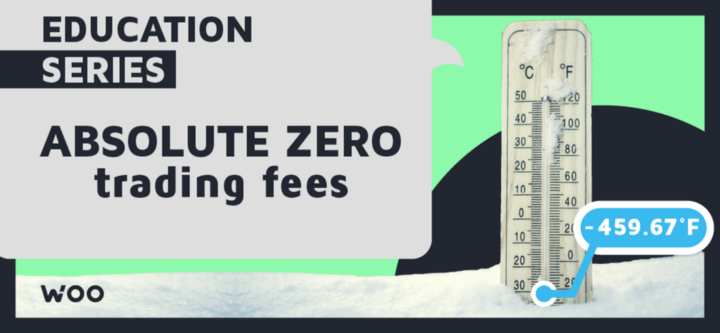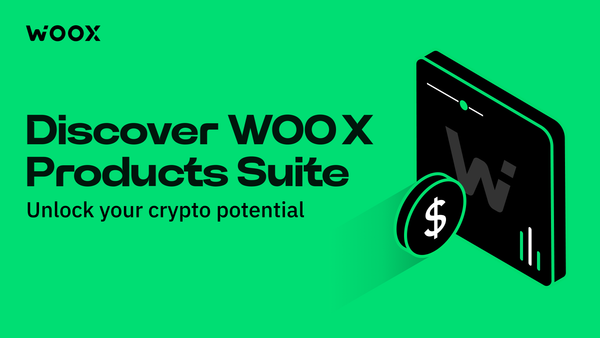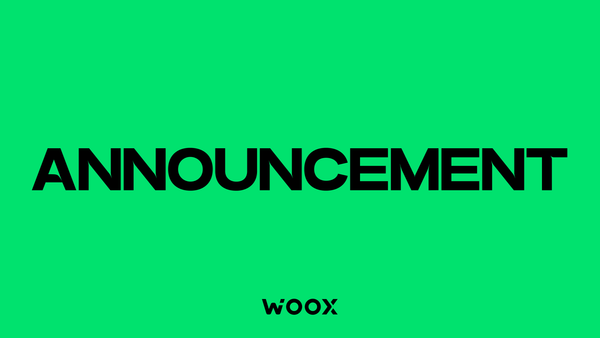How does WOO Network provide traders with zero fees and still keep the lights on?
An updated explanation of WOO Network’s zero-fee model and how it can align the goals of traders, platforms, and regular users on WOO X.
WOO X has been making a lot of headlines with its zero-fee model. Unlike other platforms, WOO Network is able to optimize revenue streams on the back end, allowing the platform to earn revenue but still offer users a feeless trading experience. Not surprisingly, we get tons of questions from the community about this, so we thought we’d break it down here.
How do zero-fee platforms work?
In the traditional finance world, people use online brokers to trade stocks. Two of the most user-friendly brokers are WeBull and Robinhood, both of which also offer zero commissions on trading. One way to monetize this model is by Payment for Order Flow (PFOF), which is the compensation a broker gets for directing orders to different parties for trade execution. A slightly easy-to-understand example:
Exchanges and trading platforms use high rebates or negative fees to attract market makers and high volume traders to use their platforms. Market makers can then hedge these trades back on WOO Network, reducing risk and maintaining market neutrality. The more orders are hedged on WOO Network, the more market makers are comfortable risking on other platforms, creating mutually beneficial relationships that help every stakeholder in this process.
Am I getting front-run by the institutions?
PFOF got a really bad name after the Gamestop trading fiasco, where Robinhood was accused of a number of unethical trading practices, including selling order flow to market makers who could front-run the orders. Make no mistake, front-running exists everywhere in financial and cryptocurrency markets, from the biggest exchanges to on-chain AMM transactions. Anywhere there is a visible buy order placed, other traders have the option to place their orders in front.
With that said, WOO Network transactions are settled upfront with the user. If you ‘take’ an order from the order book, the price you see is the price you get. On exchanges that integrate with WOO Network, the exchange will settle first with the user and then separately with WOO Network, eliminating the potential for this type of front-running. On WOO X, the same principle naturally applies.
Here’s another important principle: Deep liquidity and aggregation reduce the impact of front-running. On a DEX, front-runners can buy the asset first, and sell it back at a marginally higher price, creating a hidden tax for users. When liquidity deepens, the ability for a front-runner to marginally move the price is reduced or eliminated, making the whole process less impactful. This is why the WOO Network is so important to creating efficient markets.
How will that benefit WOO holders?
- Increased volume leads to increased rebates (revenue) from market makers. This revenue is used to buy back tokens on the market and burn them at the end of each fiscal month.
- Increased liquidity will create a network effect that attracts even bigger clients and traders, leading to even more aggregation, volume, and WOO being staked.
- A more diverse product set will be built around the ecosystem, including investment products, social trading, and other functionality that will augment use cases for WOO.
What’s the bottom line?
The zero-fee model is an important part of WOO Network’s core philosophy — the institutions who are profiting the most should be able to subsidize the retail users, while still creating win-win relationships for all counterparties. Here’s how everyone benefits:
- WOO X Users— Feeless trading and best price execution
- Market makers — increased flow and higher revenues, can quote tighter and deeper in the absence of aggressive HFT strategies
- Other exchanges and trading platforms — more active market makers, optimized trading environment and can offer lower fees. Note: Some exchanges that connect directly to WOO Network can eliminate the need to compensate market makers altogether.
With that in mind, who are the losers in all this? Well, exchanges that depend on charging high fees are definitely at a disadvantage. A second would be high-frequency trading teams that run aggressive taker strategies because this type of toxic flow will be stringently excluded from WOO Network.
All the links you might need for more information:
- Reddit: https://www.reddit.com/r/WOO_X/
- Website: https://woo.network/
- Twitter: https://twitter.com/wootraderS
- Telegram: https://t.me/wootrade
- Telegram Announcements: https://t.me/WOOTRADEann
- Medium: https://medium.com/wootrade


